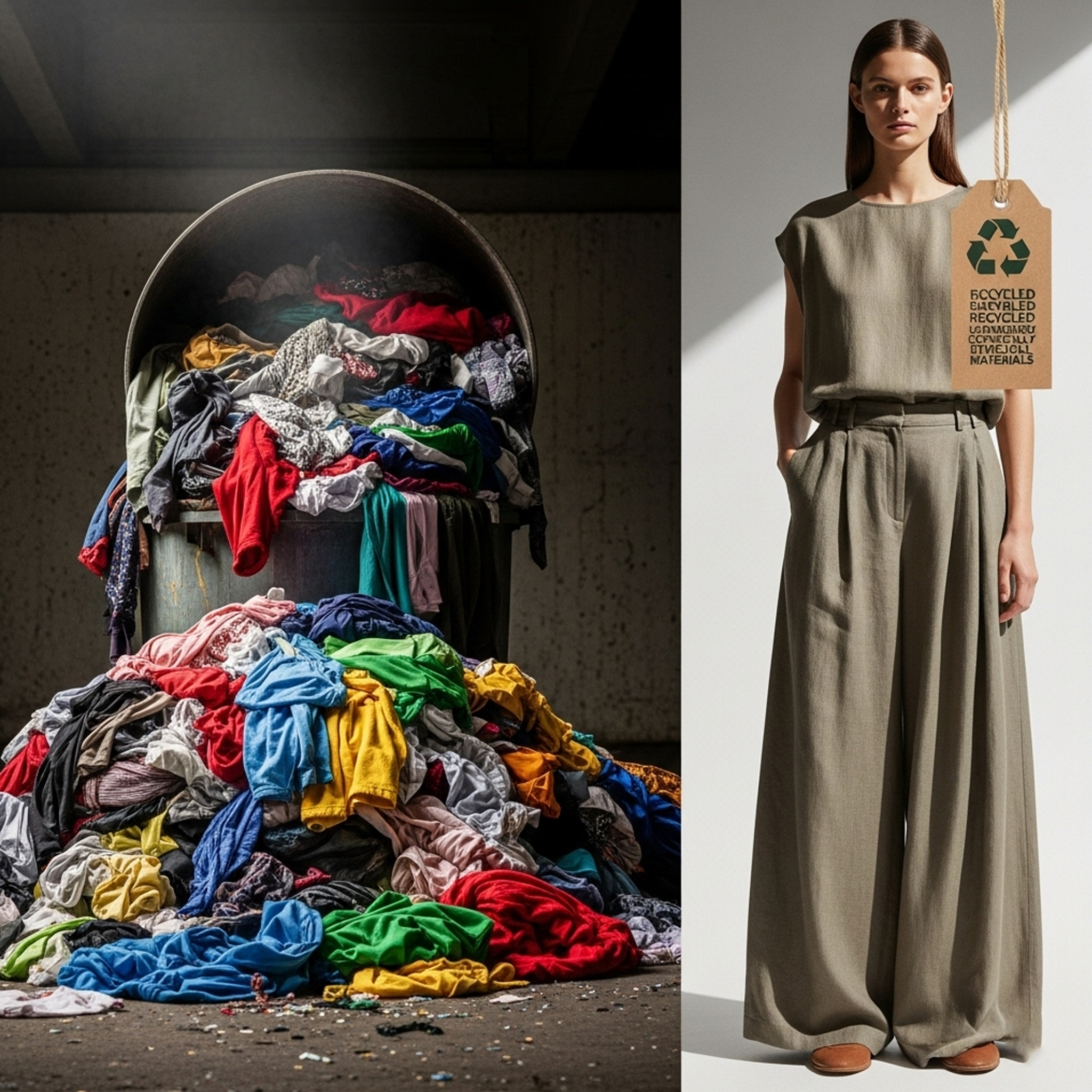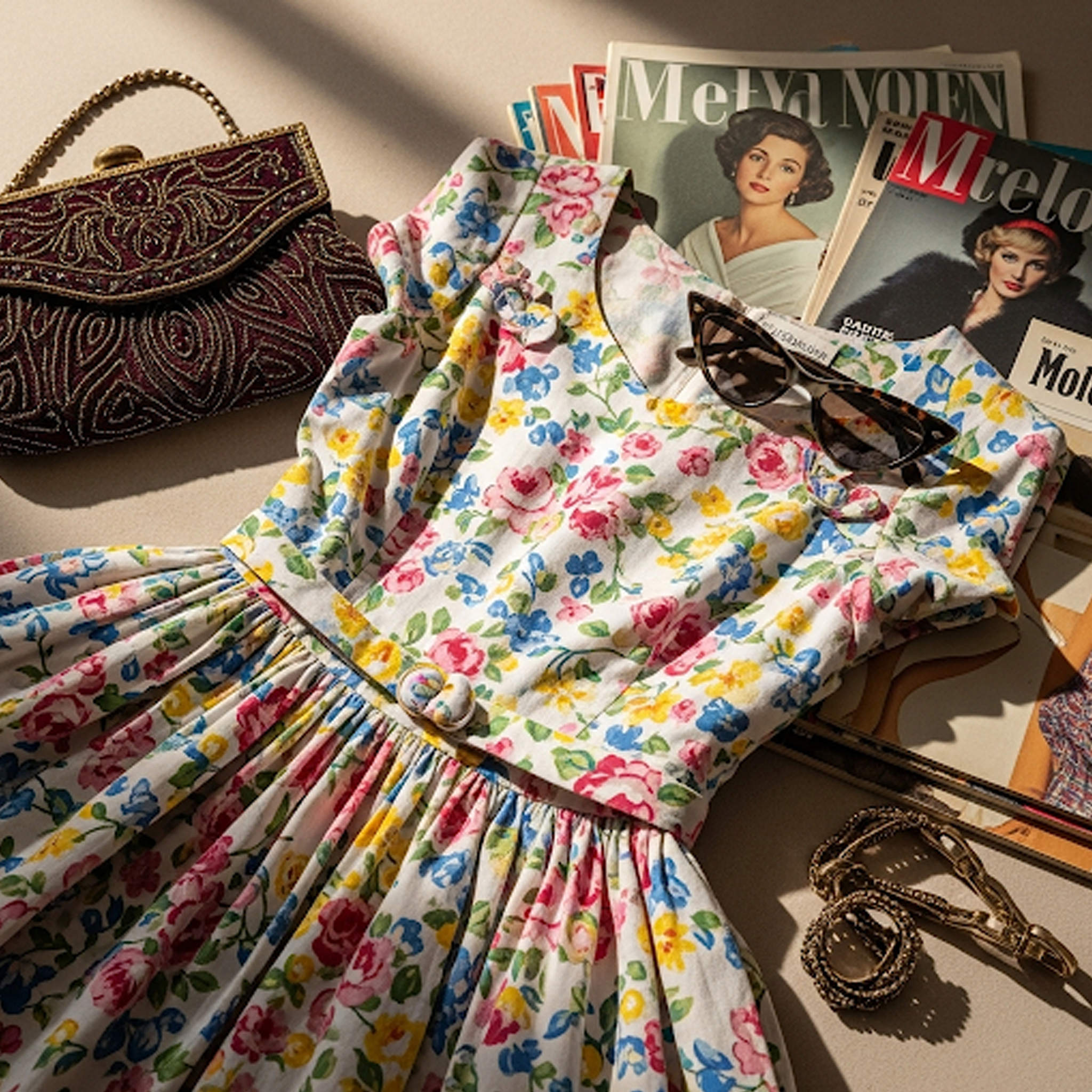No products in the cart.: $0.00
The Rise of Sustainable and Ethical Fashion

Introduction:
The fashion industry, long celebrated for its creativity and glamour, is increasingly under scrutiny for its significant environmental and social impact. From the vast amounts of waste generated by fast fashion to the often-questionable labor practices in garment factories, the true cost of our clothing is becoming alarmingly clear. In response to these concerns, a powerful movement is gaining momentum: sustainable and ethical fashion. This paradigm shift prioritizes environmental responsibility, fair labor practices, and the creation of high-quality, long-lasting garments. This article explores the key principles driving sustainable and ethical fashion, the challenges and innovations within the industry, and the ways in which consumers can make more conscious choices.
Understanding the Impact of Fast Fashion:
The rise of fast fashion has revolutionized the way we consume clothing, offering trendy items at affordable prices and rapid turnover. However, this convenience comes at a significant cost. The relentless demand for new clothes leads to overproduction, resulting in massive textile waste that often ends up in landfills. The production processes themselves consume vast amounts of water, energy, and chemicals, contributing to pollution and climate change. Furthermore, the pursuit of low prices often compromises the well-being of garment workers, who may face unsafe working conditions and unfair wages. Understanding these detrimental impacts is the first step towards embracing a more sustainable approach to fashion.
The Core Principles of Sustainable Fashion:
Sustainable fashion encompasses a range of practices aimed at minimizing the environmental footprint of the industry. This includes using eco-friendly materials such as organic cotton, recycled fabrics, and innovative plant-based alternatives. It also involves adopting circular economy principles, such as designing for durability and recyclability, and implementing take-back programs to repurpose or recycle old clothes. Reducing water and energy consumption, minimizing chemical use in dyeing and finishing processes, and promoting biodiversity are also key aspects of sustainable fashion.
The Pillars of Ethical Fashion:
Ethical fashion focuses on the social impact of the industry, ensuring fair and safe working conditions for all individuals involved in the supply chain. This includes paying living wages, providing safe and healthy workplaces, respecting workers’ rights, and prohibiting child labor and forced labor. Transparency and traceability are crucial in ethical fashion, allowing consumers to understand where their clothes come from and who made them. Brands committed to ethical practices often work with fair trade organizations and prioritize building long-term relationships with their suppliers.
Innovations in Sustainable Materials and Processes:
The quest for more sustainable fashion is driving innovation in materials and production processes. Scientists and designers are exploring groundbreaking alternatives to conventional textiles, such as fabrics made from pineapple leaves (Piñatex), mushrooms (Mylo), and recycled ocean plastic. Advances in dyeing techniques are reducing water and chemical usage, while technologies like 3D printing and on-demand manufacturing are minimizing waste. These innovations offer promising pathways towards a more environmentally friendly fashion industry.
The Role of Transparency and Traceability:
For consumers to make informed choices, transparency and traceability within the fashion supply chain are essential. Brands that are open about their sourcing, production processes, and labor practices build trust and accountability. Initiatives such as blockchain technology are being explored to provide greater visibility into the journey of a garment, from raw materials to the finished product. Knowing the origin of our clothes and the conditions under which they were made empowers consumers to support brands that align with their values.
Empowering Conscious Consumers:
Consumers play a crucial role in driving the shift towards sustainable and ethical fashion. By making more mindful purchasing decisions, we can send a powerful message to the industry. This includes buying less, choosing high-quality, durable items, supporting brands committed to sustainability and ethics, exploring secondhand options, and taking care of our clothes to extend their lifespan. Educating ourselves about the impact of our fashion choices and demanding greater transparency from brands are also vital steps.
The Challenges and the Future of Sustainable Fashion:
Despite the growing momentum, the transition to a fully sustainable and ethical fashion industry faces significant challenges. These include the complexity of global supply chains, the cost of implementing sustainable practices, and the need for greater consumer awareness and demand. However, the increasing urgency of environmental and social issues, coupled with technological advancements and growing consumer activism, suggests a promising future for sustainable fashion. Collaboration across the industry, government regulations, and continued innovation will be crucial in accelerating this transformation.
Conclusion:
Sustainable and ethical fashion is not just a trend; it is a necessary evolution of the industry. By prioritizing environmental responsibility, fair labor practices, and conscious consumption, we can create a fashion system that is both stylish and sustainable. While challenges remain, the growing awareness, innovation, and commitment from brands and consumers alike offer hope for a future where fashion contributes to a healthier planet and a more equitable society.



